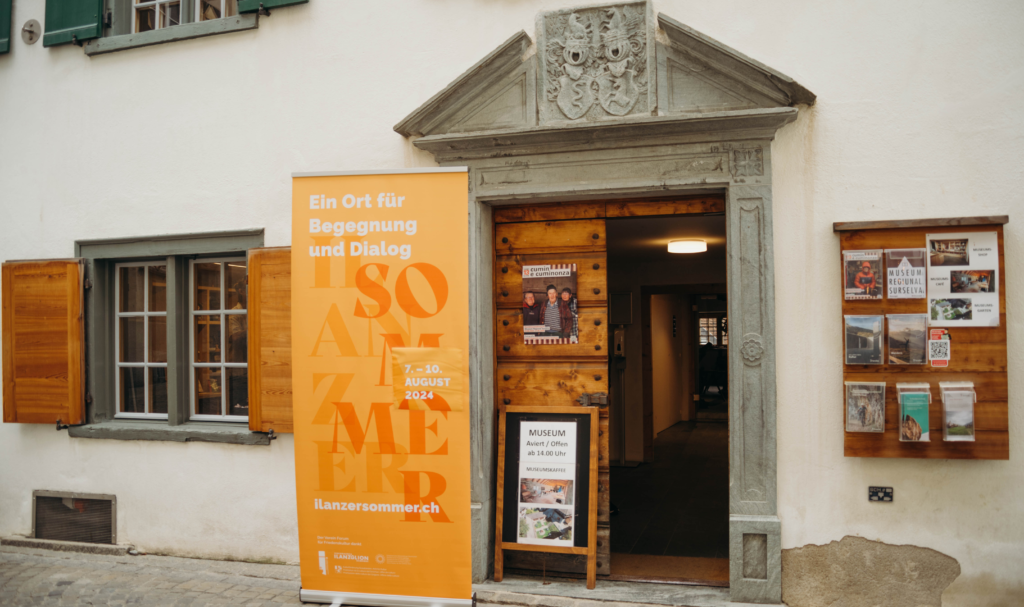
The Forum for the Culture of Peace connects peace and culture, but goes beyond a mere addition. The term “culture of peace” has two levels:
Peace and Culture
Peace is the common goal of every society and the foundation of all other activities. Therefore, fostering peace is a task for which we are all collectively responsible. Every sector of society, every department, and every individual is invited to explore how they can contribute to peace—whether on an international, societal, or personal level. The cultural and creative sector can provide unique impulses, as it offers different perspectives, languages, and forms of expression.
Peace as Culture
By “culture of peace,” we also mean what emerges when we actively promote peace and integrate it into our national identity. It shapes our daily life in family, work, and politics, and is part of our cultural heritage. Important aspects include conflict management, awareness of war logics, promotion of peace role models, and work on collective traumas.
A Holistic Peace Week
What might a lived culture of peace look like in Switzerland? This question is addressed during the Peace Week “Ilanzer Sommer.” It provides a space to focus on major peace issues – from political peace to inner peace. The goal is to raise awareness of deficiencies in the field of peace and to develop peace potentials as a society and individuals. The Ilanzer Sommer encourages small but actionable steps to avoid being overwhelmed by global challenges. Indeed, what particularly nurtures peace is the feeling of self-efficacy.
Signed by Millions
Our work is inspired by the UNESCO preamble: “Since wars begin in the minds of men, it is in the minds of men that the defenses of peace must be erected.” One could add: “in the mind, body, and nervous system.” That’s why the Ilanzer Sommer offers, in addition to lectures, hikes, cinema, music, literature, and yoga. Our vision of the culture of peace is also inspired by the “Manifesto 2000,” initiated by Nobel Peace Prize laureates in 2000 as part of the UNESCO Year for a Culture of Peace, and signed by 75 million people. It states: “I commit to practicing non-violence and rejecting violence in all its forms in my daily life, my family, my work, my community, my country, and my region.”
Culture of Peace as a Path
Such a comprehensive peace is a grand vision. The culture of peace is the path toward this goal, the quest for peace. It is the one that challenges, highlighting the dilemmas of war and peace. It is the guardian that remains vigilant and resists when some actors attempt to instrumentalize peace. It is the courageous one, taking on the difficult role of mediator, often under fire from both sides.